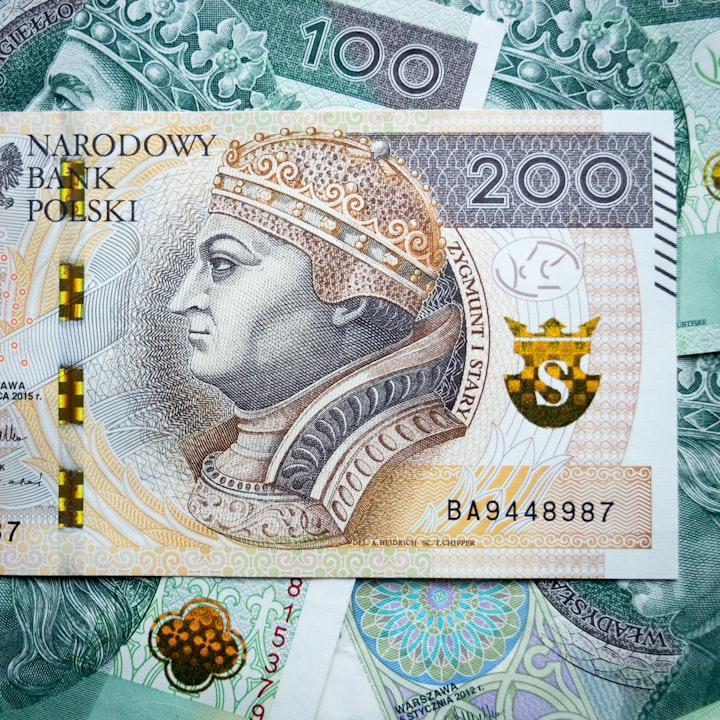How Can We Estimate the Size of the Shadow Economy?
Discover how experts estimate the size of the shadow economy and the impact of globalization on future trends. Explore the world of underground economic activities.

The shadow economy, also known as the black market, encompasses economic activities that occur off the radar of government authorities.
These activities are often unreported and untaxed, leading to a significant challenge for policy makers tasked with understanding the full scope of economic activity.
Underground Economies and Informal Activities
One essential aspect of estimating the size of the shadow economy is recognizing the range of underground economic activities.
This includes unreported income from self-employment, unregistered businesses, criminal enterprises, and cash transactions that escape government oversight.
Researchers employ varied methods to capture these activities, such as conducting surveys, analyzing currency demand, and studying tax discrepancies.
Quantifying the Unseen Transactions
Estimates of the shadow economy's size also depend on understanding the interconnectedness of economic transactions.
Despite its clandestine nature, the money circulating in the shadow economy eventually merges with the formal economy through various exchanges.
Whether it's paying for household goods, services, or illegal commodities, this unreported money leaves traces that can be analyzed to gauge its scale.
The Nexus of Informal Transactions
In an interconnected economy, cash flowing through shadow channels eventually intersects with legitimate businesses.
Although it may not directly pinpoint specific individuals engaged in illegal activities, the monetary flow indirectly sheds light on the scope of informal transactions beyond official records.
Understanding these complex interactions offers a window into the magnitude of the shadow economy.
The Role of Technology and Globalization
Advancements in technology and the accelerated pace of globalization have reshaped the shadow economy.
From digital payments to cross-border transactions, these developments have introduced new dimensions to unmonitored economic activities.
Analyzing these shifts provides essential insights into the evolving contours of the shadow economy.
Policy Implications and Regulatory Responses
Once the size of the shadow economy is estimated, it becomes pivotal in formulating effective policies and regulatory measures.
From combating tax evasion to curbing illicit activities, understanding the shadow economy's size informs targeted interventions and strategies aimed at bringing such economic activities into the formal fold.
Emerging Trends and Future Challenges
The landscape of the shadow economy is continually evolving due to changing societal behaviors, economic factors, and technological advancements.
Anticipating future trends and confronting emerging challenges will be crucial in consistently estimating and addressing the size and impact of the shadow economy.
Narrowing down the size of the shadow economy presents an intricate and ongoing pursuit.
As illicit economic activities evolve, experts and policymakers continue to develop innovative methodologies to gauge its scale.
Grappling with the complex dynamics of the shadow economy necessitates a holistic approach that combines empirical analysis, technological acumen, and a deep understanding of economic interlinkages.






